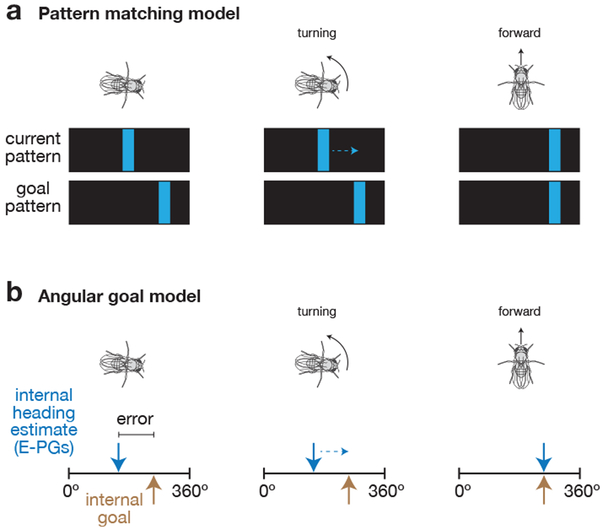Figure 8. Working models for how flies perform goal-directed navigation.
a, Hypothesis that flies compare the pattern of visual features projected onto their retina with a goal feature pattern to guide navigational behavior. The fly turns to align the current pattern of visual features with the goal pattern in order to maintain its walking direction relative to its environment. b, Hypothesis that flies compare an internal heading estimate, carried by E-PGs, with an internal goal angle to guide navigational behavior. The fly turns to align its internal heading estimate (blue arrow) with an internal goal angle (gold arrow). When the two are aligned, the fly walks forward faster. See Discussion for a more detailed description of each model.

